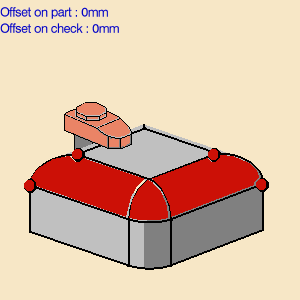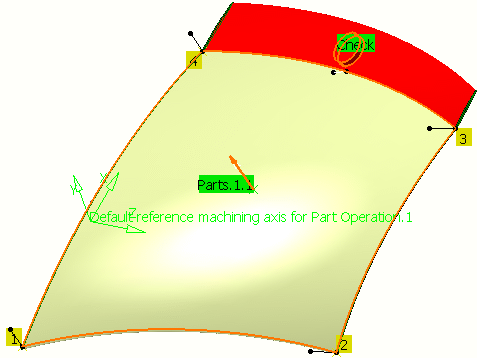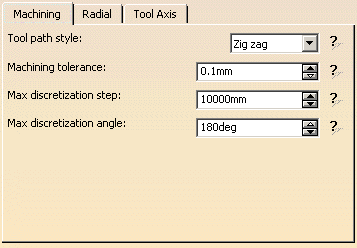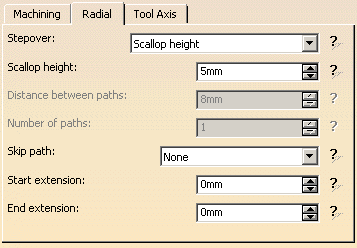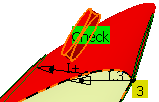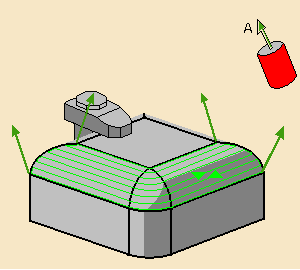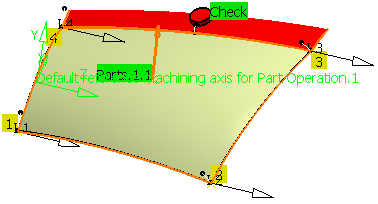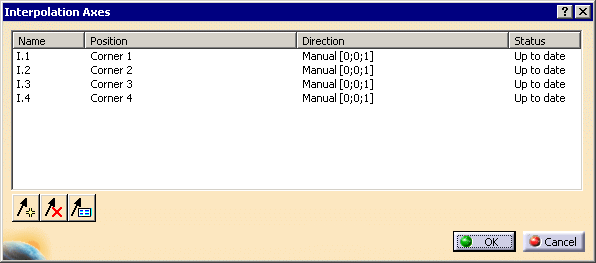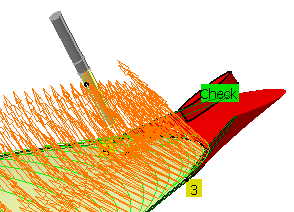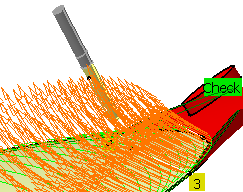Multi-Axis Isoparametric Machining: Interpolation
|
|
This task illustrates how to create a
Multi-Axis Isoparametric Machining operation
in the program.
To create the operation you must define:
|
||||
|
|
|||||
|
|
Open the
MultiAxisMilling04.CATPart document, then select Machining > Advanced Machining from the Start menu. Make the Manufacturing Program current in the specification tree. |
||||
|
|
|
||||
|
|
|
||||
|
|
If you select a point that does not belong to a selected face, the point is projected to the nearest select face. |
||||
|
|||||
|
|
|||||
